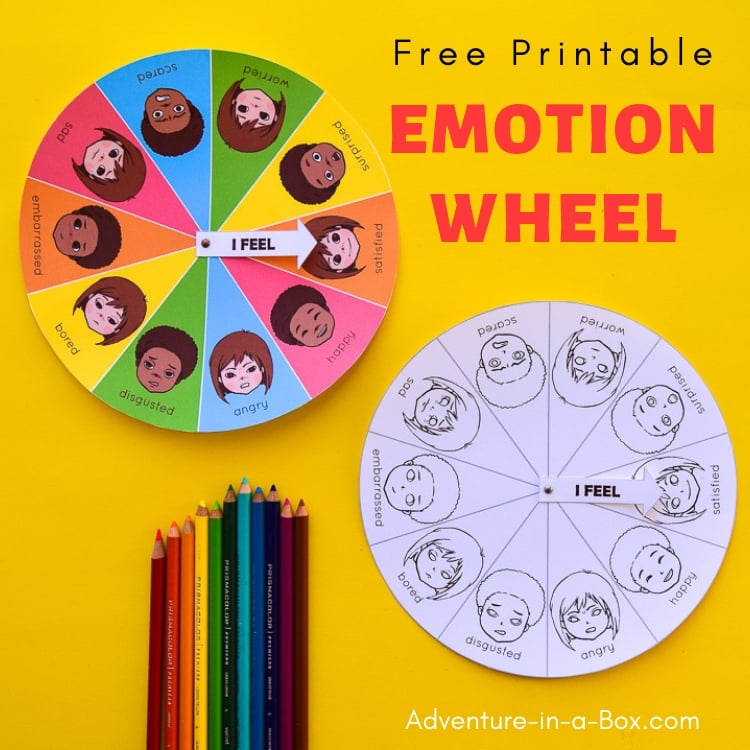



The color wheel doesn’t just chart each primary, secondary, and tertiary color-it also charts their respective hues, tints, tones, and shades. You might be thinking, “there are way more than 12 colors out there.” You’re right-and they can all be found on a more advanced version of the color wheel. The tertiary colors are magenta, vermillion, violet, teal, amber, and chartreuse. Tertiary colors are created by mixing a primary color with a secondary color.The secondary colors are orange, purple, and green-in other words, colors that can be created by combining any two of the three primary colors.The primary colors are red, blue, and yellow. Primary colors are colors you can’t create by combining two or more other colors.Let’s have a quick refresh on what these color categories entail: If you remember learning about these in art class, well done-you’ve already grasped the basics of color theory! The basic color wheel displays three categories of color primary colors, secondary colors, and tertiary colors. Modern color theory is largely based on Isaac Newton’s color wheel, which he created all the way back in 1666. Let’s start at the basics: what actually is color theory?Ĭolor theory is a framework that informs the use of color in art and design, guides the curation of color palettes, and facilitates the effective communication of a design message on both an aesthetic and a psychological level. Olga explains what you need to consider when choosing a color palette, things to avoid, and top tips for picking the right color scheme: The best online tools for choosing a color paletteīefore we jump in, check out this video presented by CareerFoundry UI design mentor, Olga.What are the different types of color palettes?.In this guide, we’ll take you through everything you need to know about color theory-from mastering the fundamentals of color variants right through to choosing the right color palette for your user interface. While it might seem like a website’s color palette is a matter of the client’s personal taste, in reality, UI designers rely on a framework called color theory: a multilayered set of guidelines that informs the use of color in design. User interface (UI) designers have the challenging task of incorporating color into their interface in a way that poignantly communicates a brand’s visual identity. Research conducted by the Institute for Color Research reveals that people make a subconscious judgment about a product within 90 seconds of seeing it, and between 62% and 90% of that assessment is based on color alone. Have you ever seen a color that has immediately reminded you of a particular brand? Maybe you’ve struggled to feel relaxed in a room that has a clashing color scheme, or returned an item of clothing you got as a gift because the color wasn’t quite right.Ĭolors have the immeasurable power to inform our mood, emotions, and thoughts.


 0 kommentar(er)
0 kommentar(er)
